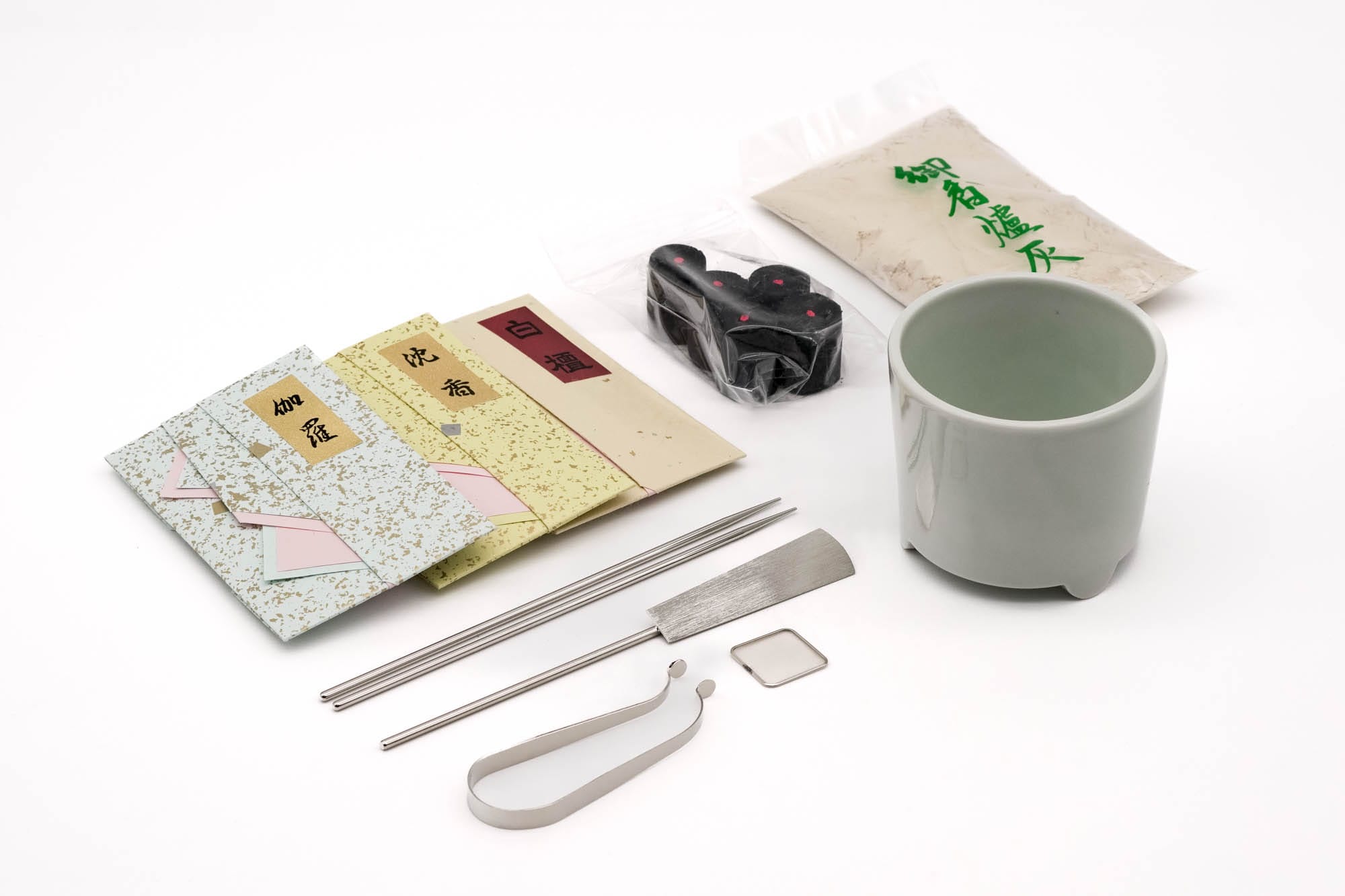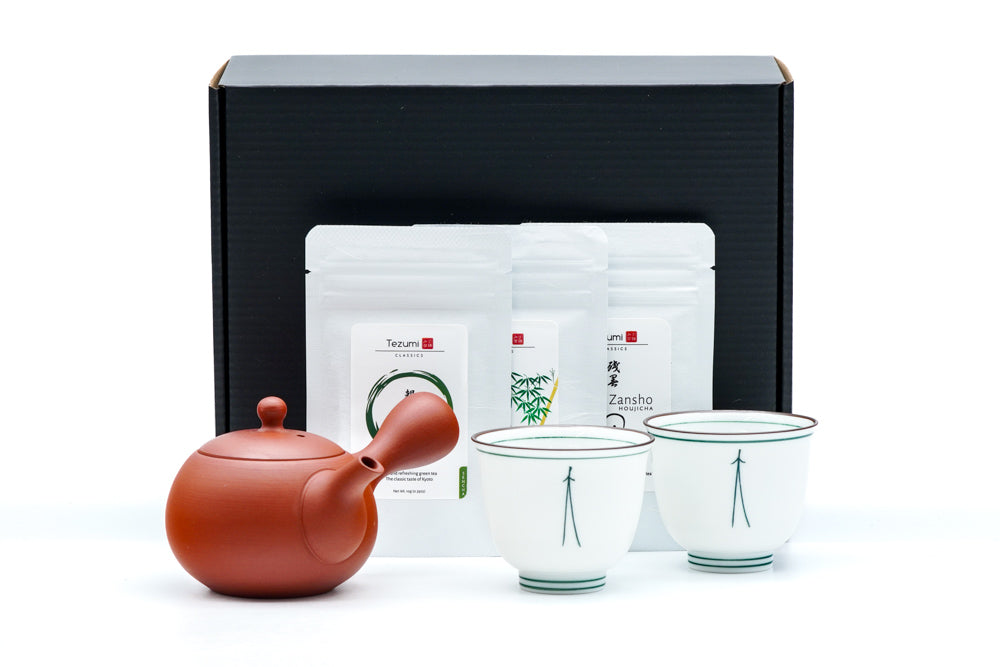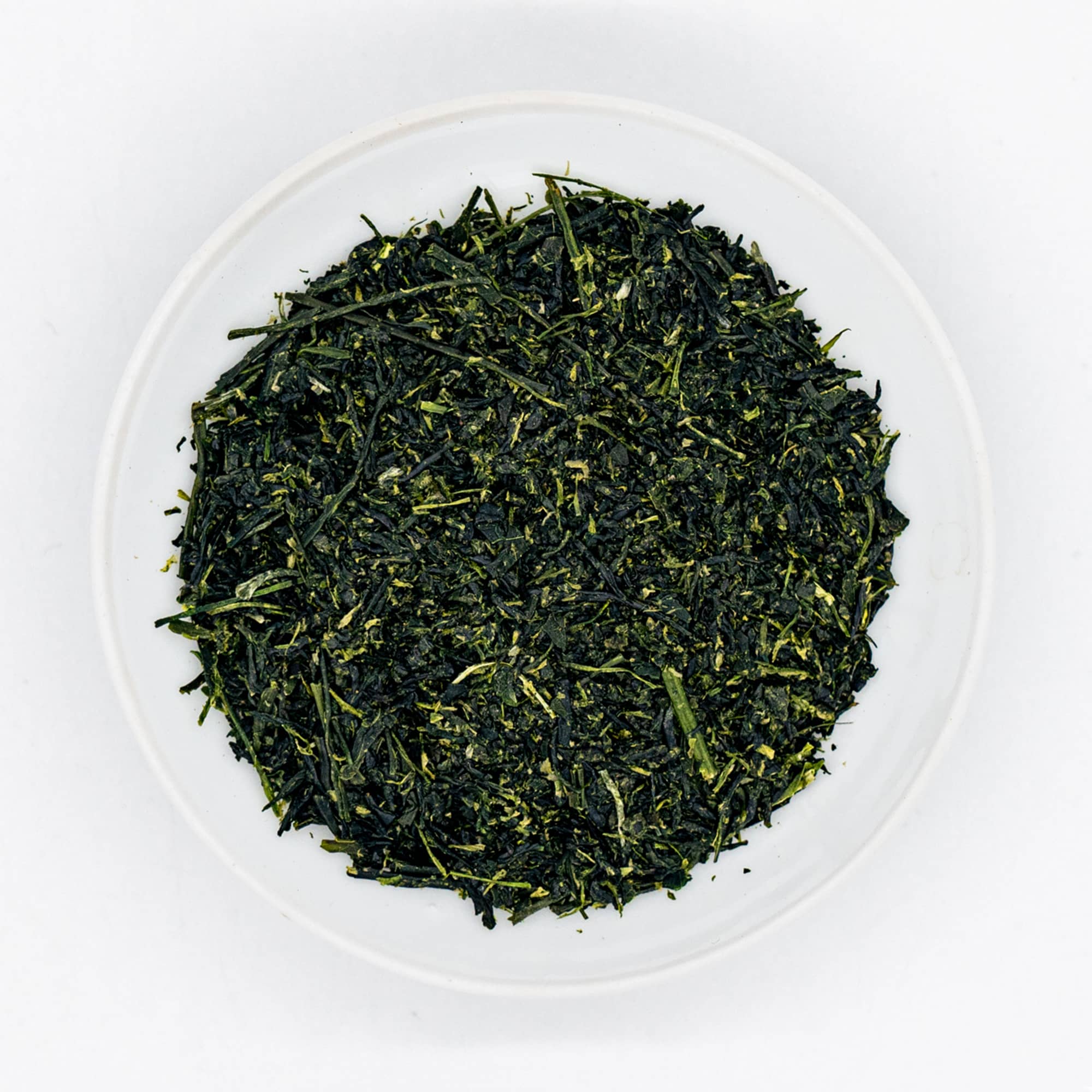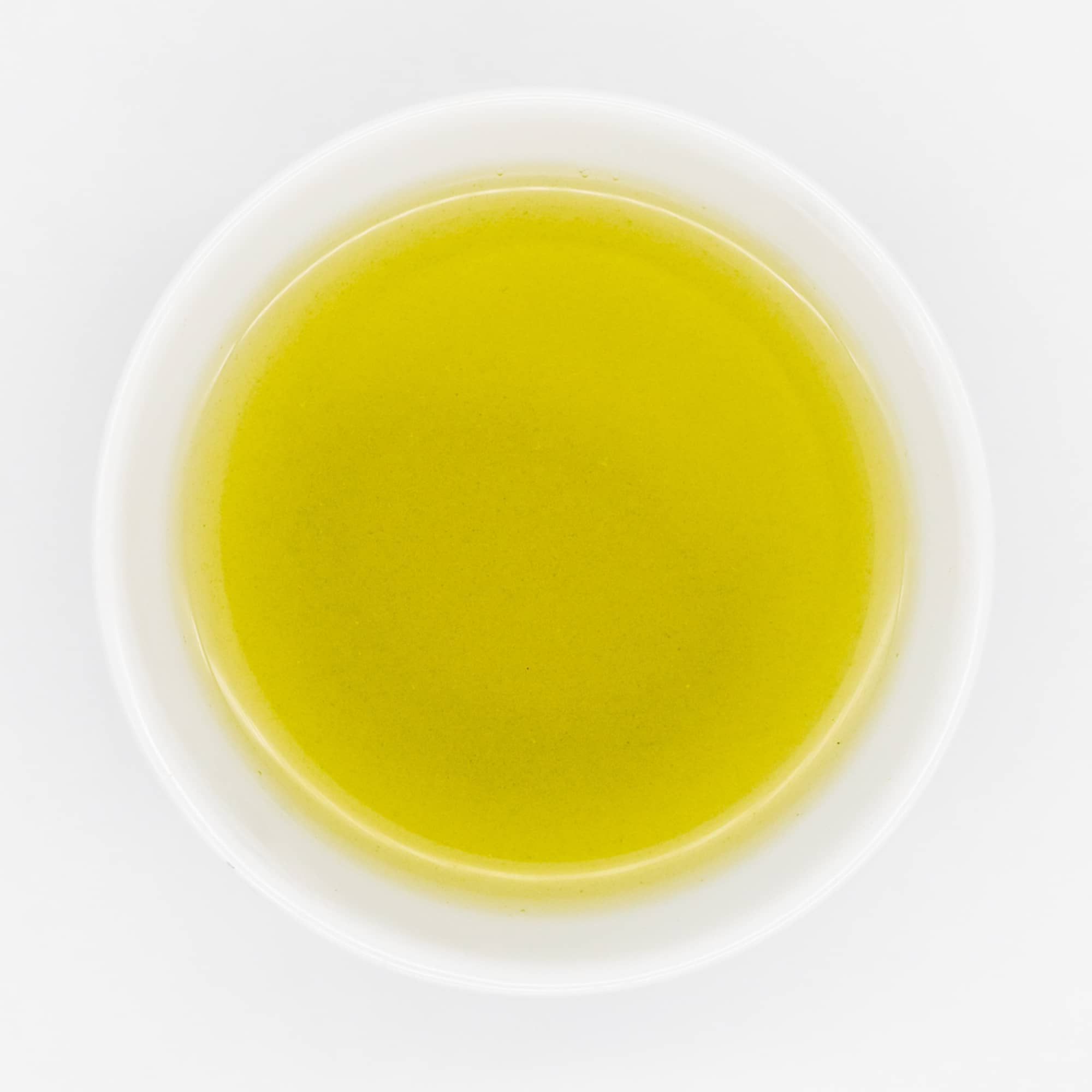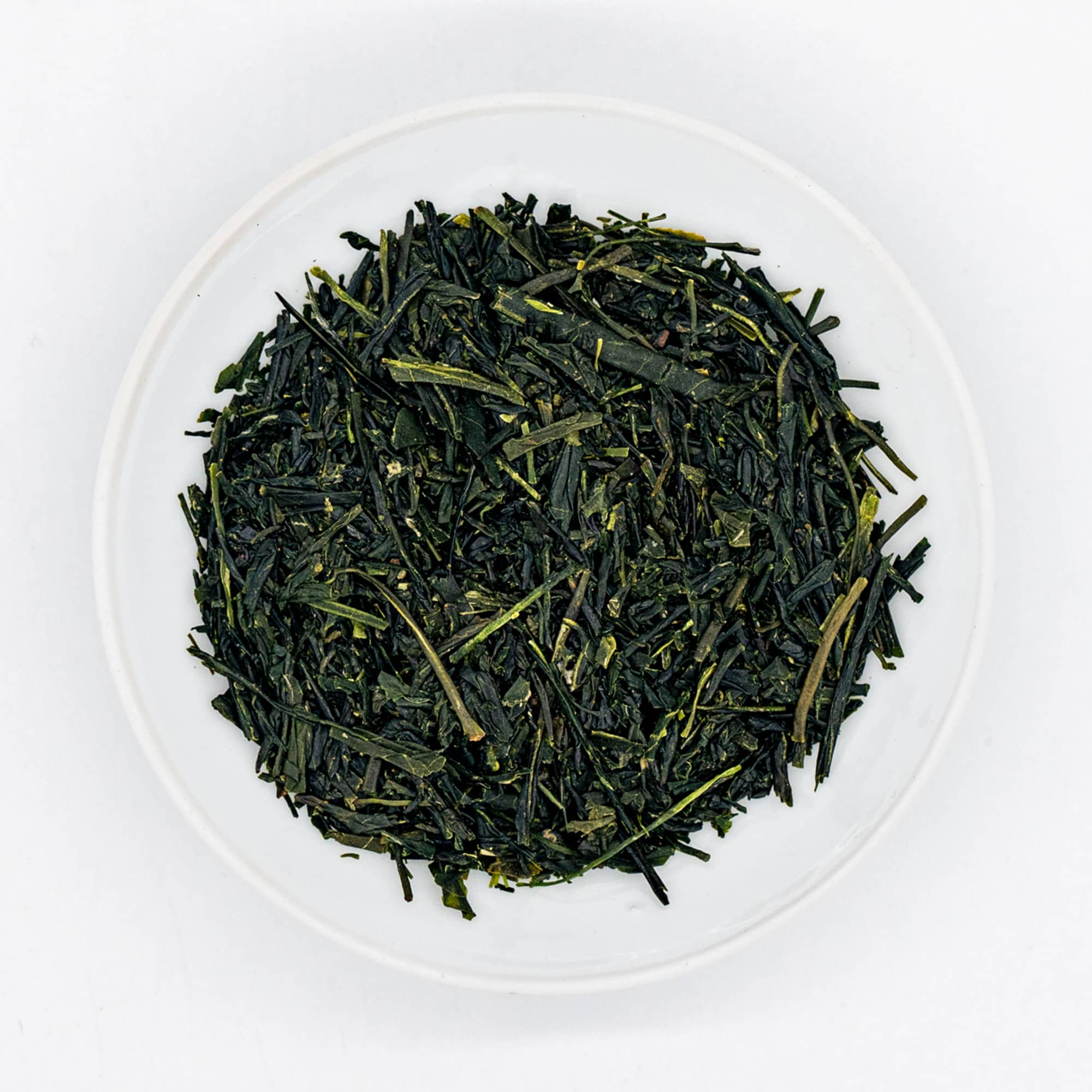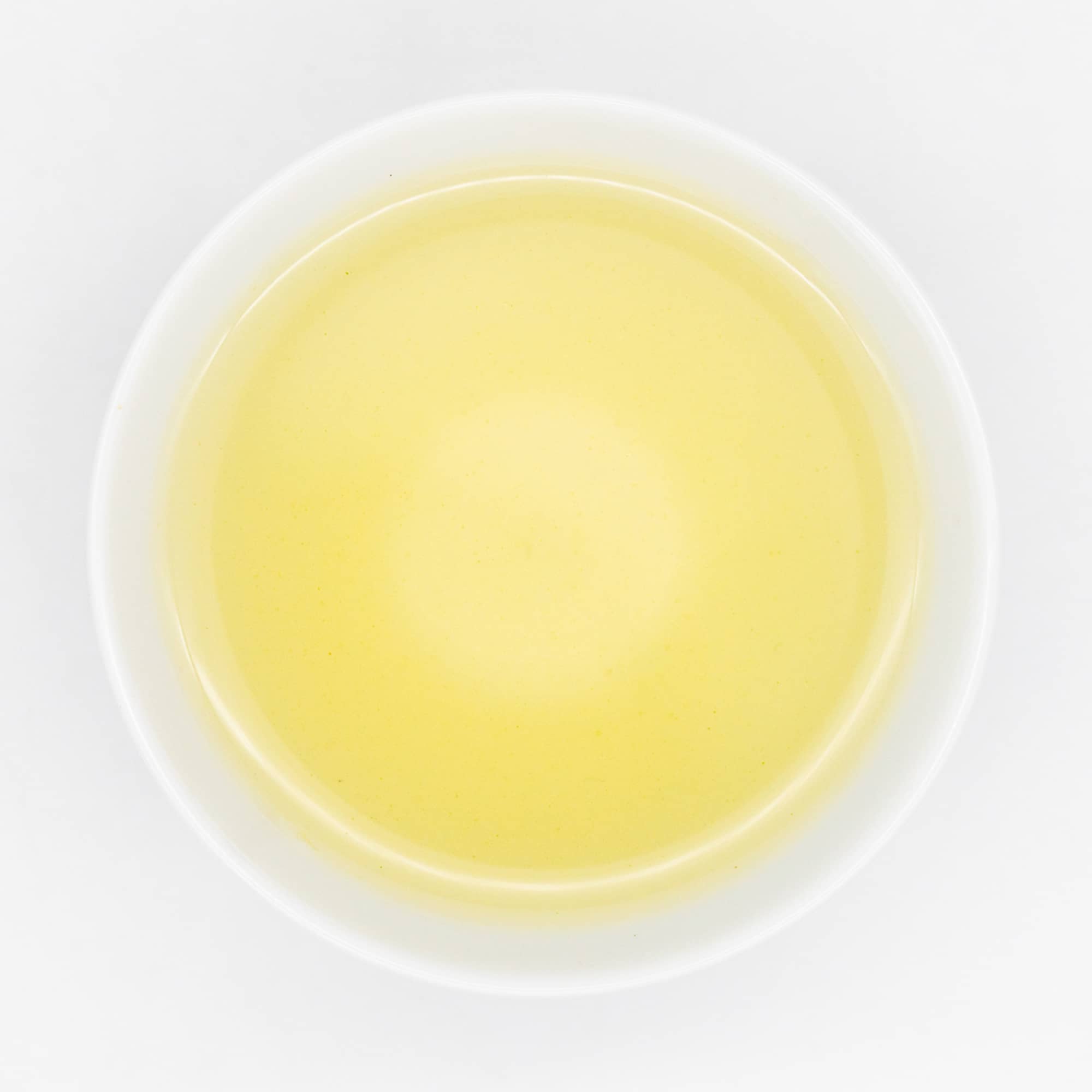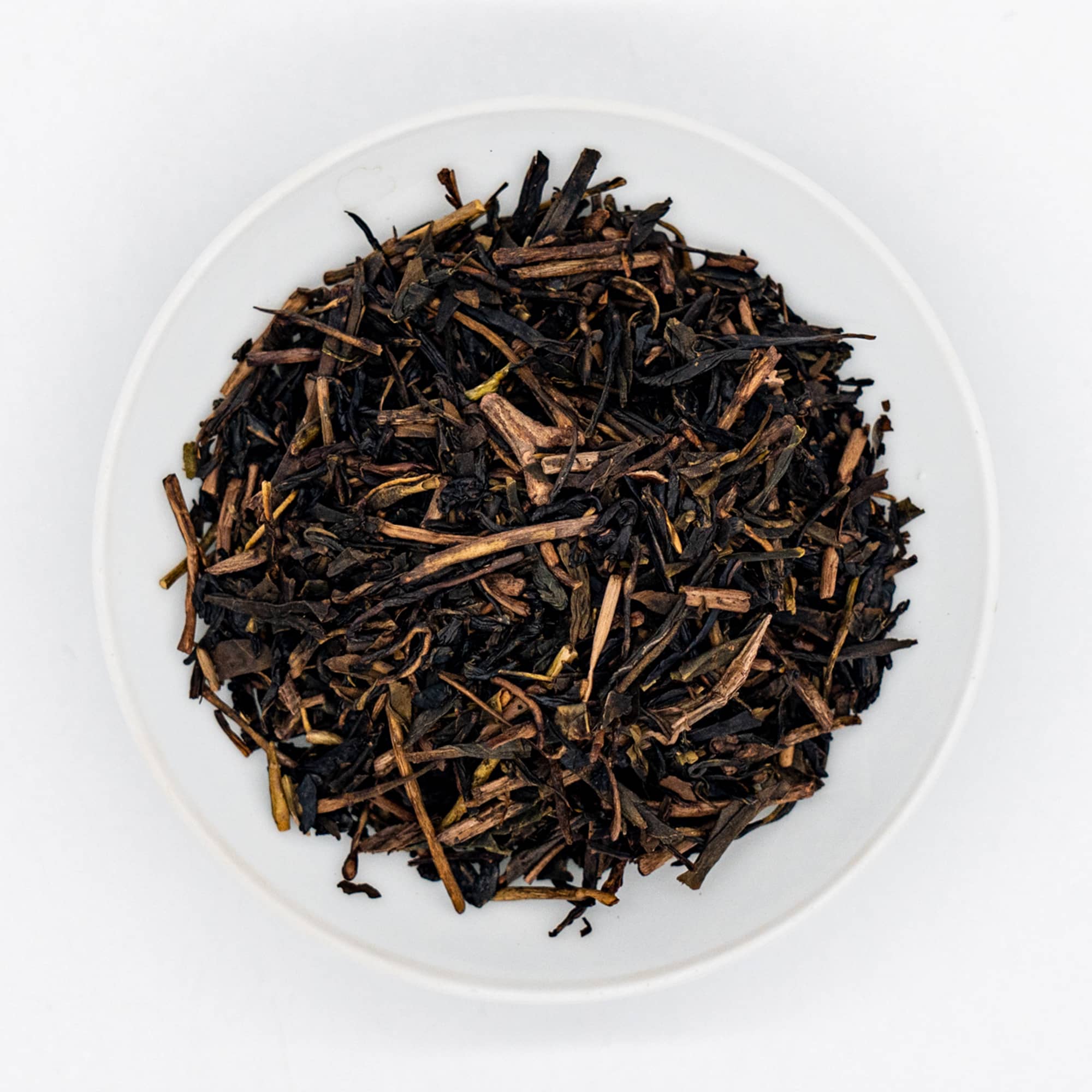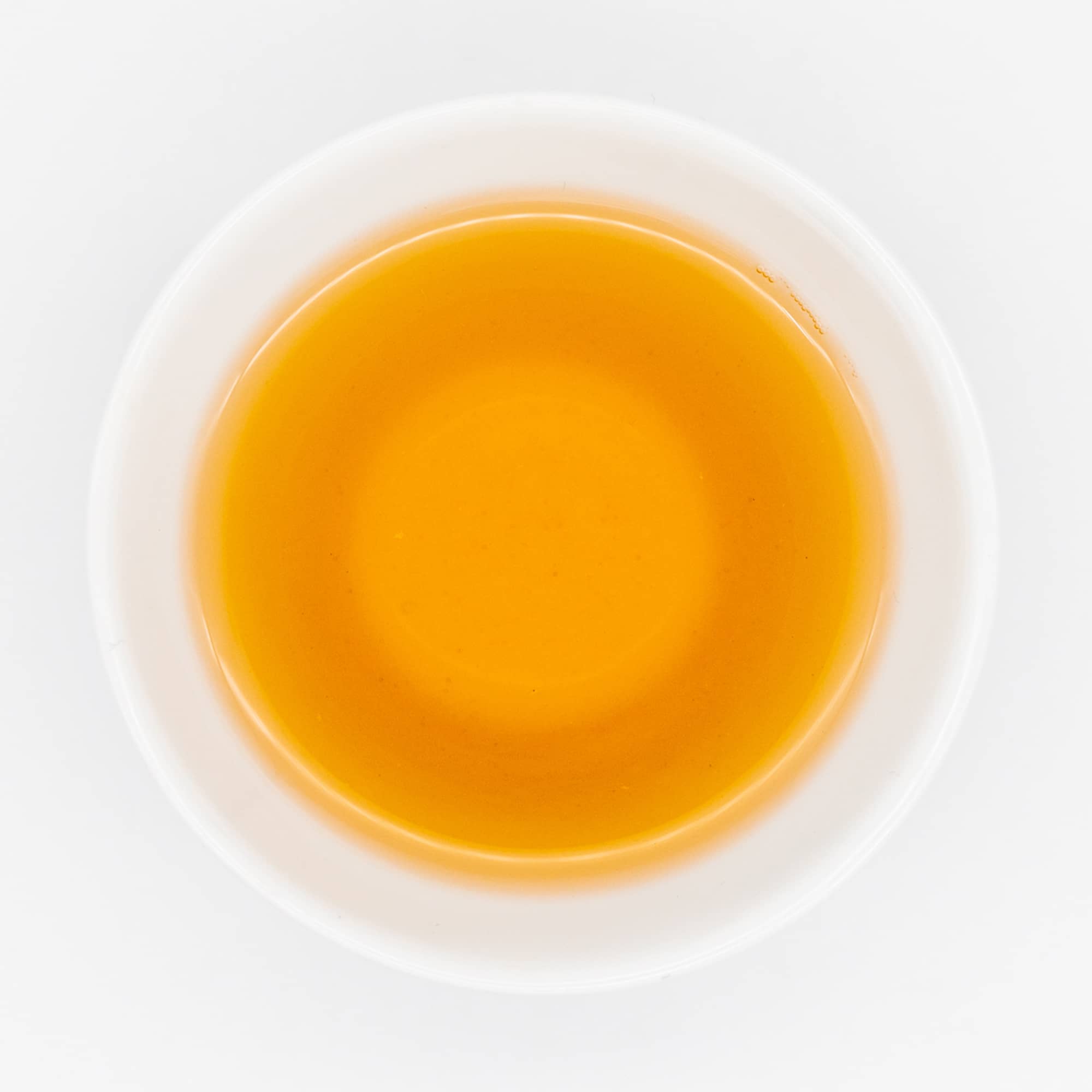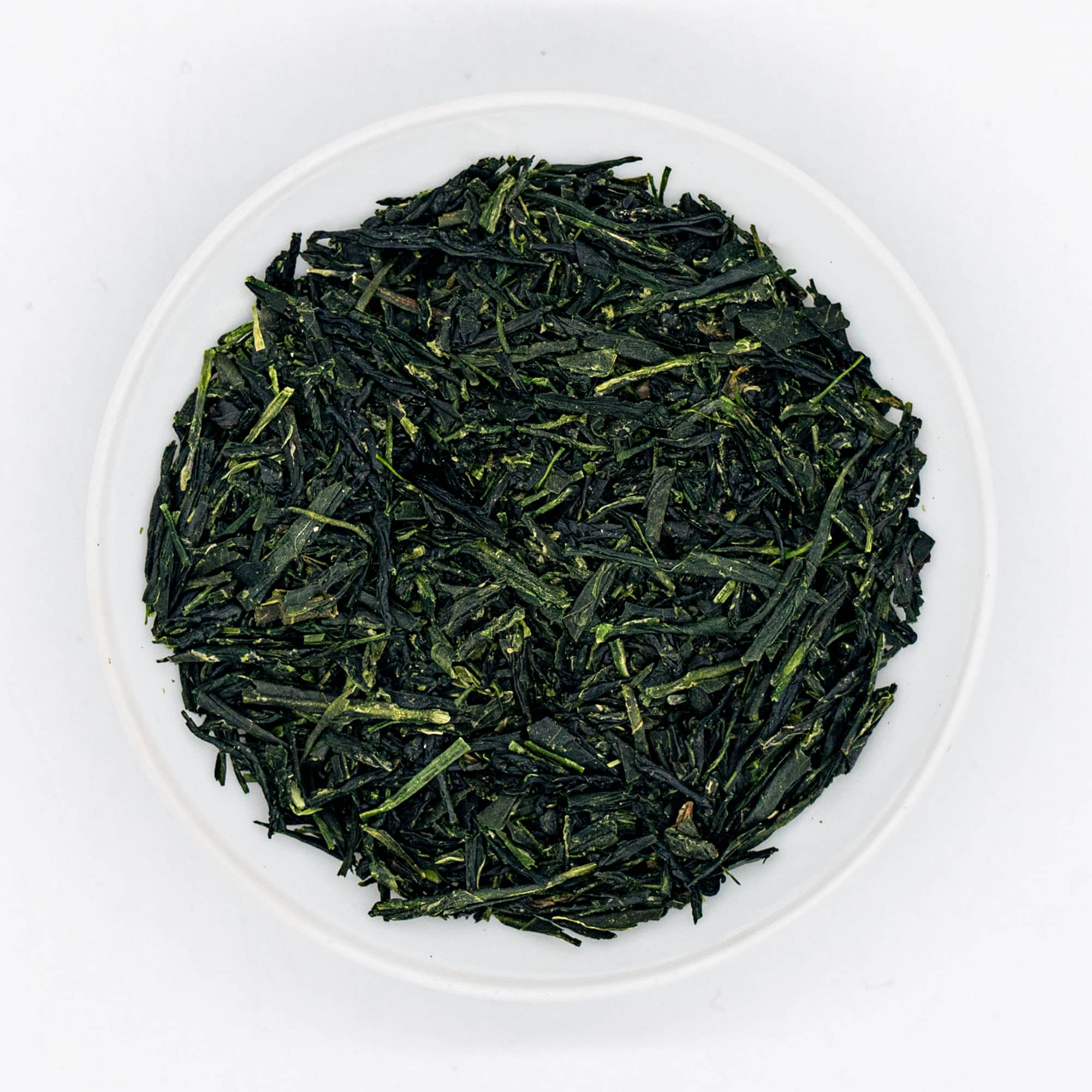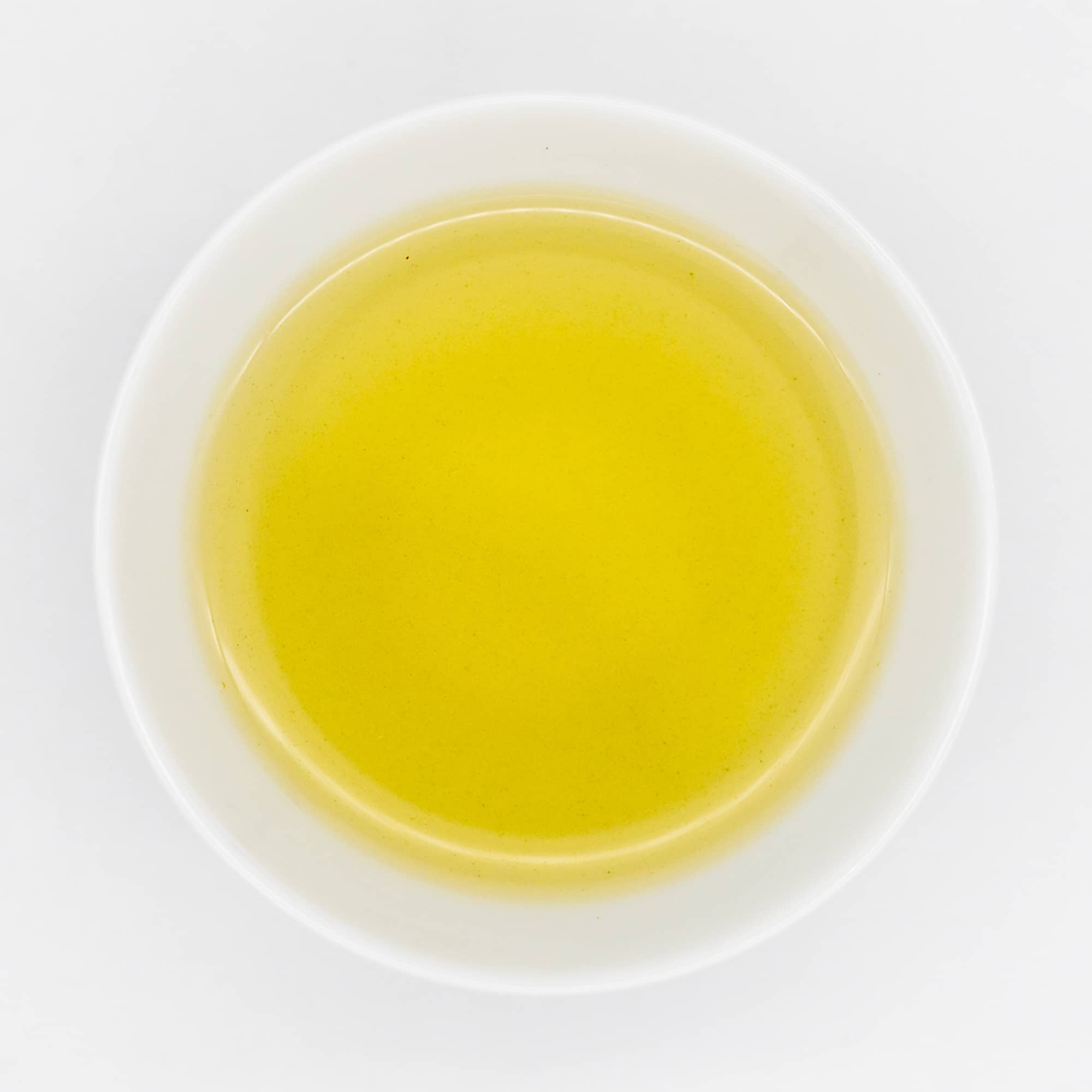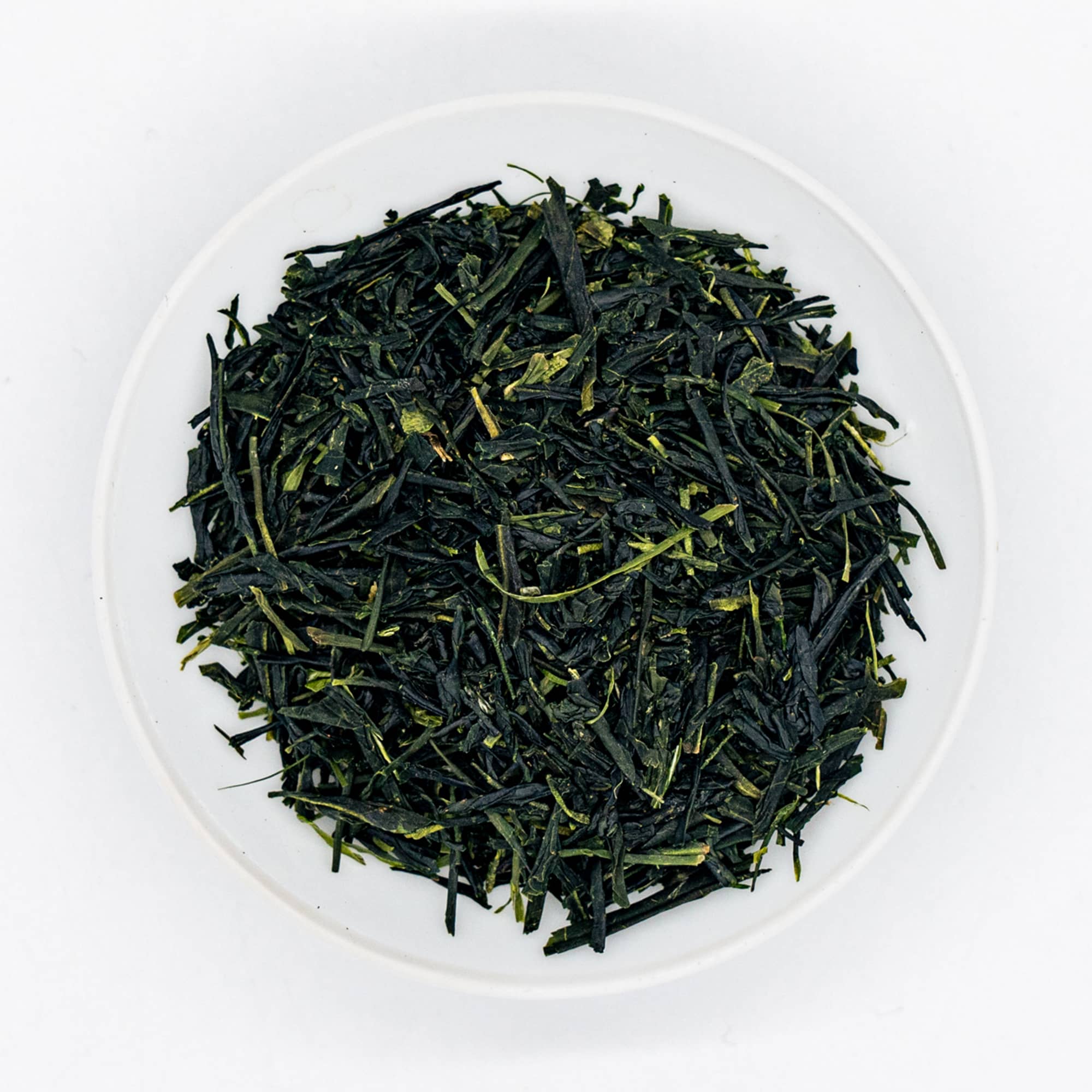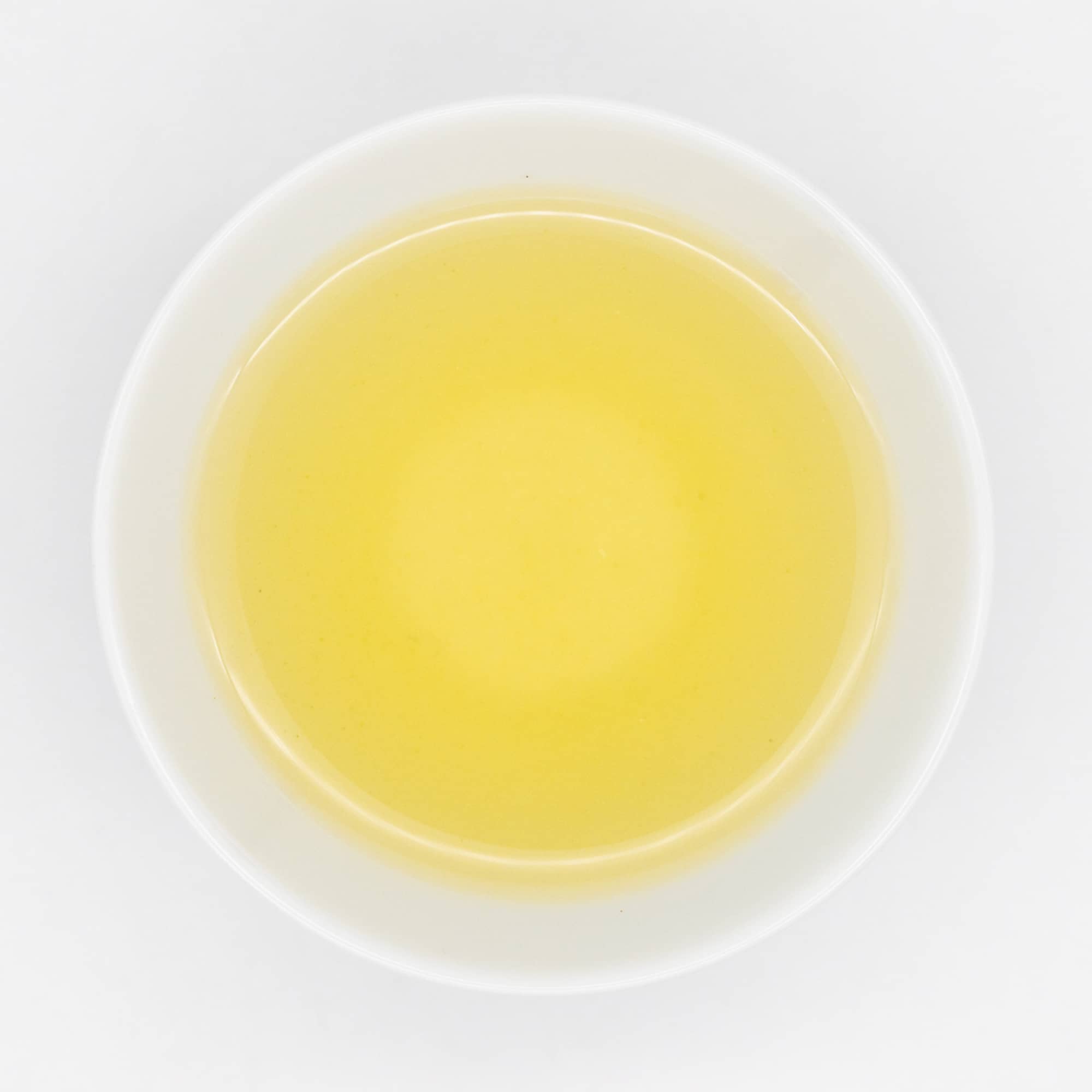This award-winning kamairicha is made from seed-grown tea plants and was withered before processing, giving it a powerful and intoxicating floral aroma.

Cultivar: Zairai
Region: Haruno, Isagawa, Shizuoka
Producer: Osada Seicha
Harvested: May, 2024
Elevation: 300-500m
Picking: Handheld Machine

Brewing Instructions

Tea/Water Ratio

Water Temperature

Brewing Time
Meet the Producer
Osada Seicha (おさだ製茶)


Cultivar: Zairai
Our Loose Leaf Selection
View all


Recently viewed





